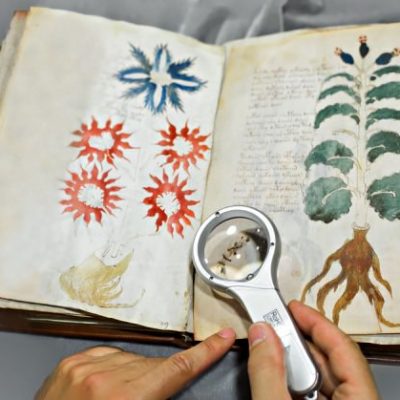COVIDictionary. Your go-to dictionary in times of Coronavirus and COVID-19
Lingoblog.dk goes viral! Ideas worth spreading! Please send this link: https://www.lingoblog.dk/en/covidictionary-your-go-to-dictionary-in-times-of-coronavirus-and-covid-19/ to all your isolated friends, relatives and colleagues who can be uplifted by some COVID-19 humor.
by Peter Bakker and Joshua Nash
COVIDictionary 20: your go-to dictionary in times of Coronavirus and COVID-19
© Peter Bakker and Joshua Nash
| COVIDeology: | The idea to shut down the world in order to prevent that hospitals shut down. |
| COVIDiotic:
| (1) The process of closing down the world for no real and apparent reason. (2) The process of opening up the world for no real and apparent reason after a lockdown. (3) The process of taking no measures for no real and apparent reason. |
| COVIDe: | The feeling of emptiness during lockdown. |
| COVIDiosity: |






